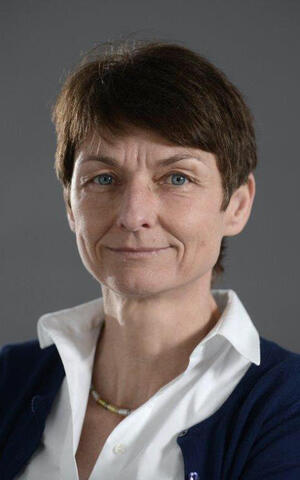What are you reading, Ms Kramm?
What a peculiar title. And what an unusual book. But what is it exactly? A novel, a family history, a popular science treatise, a study of mentality with excursions into philosophy? "The book of eels" by Swedish author Patrik Svensson is all that and much more. It's a tour de force. The author delves into life's big questions: Where do we come from, what shapes us, what drives us, how do we want to live, and how do we want to die?
Svensson, a cultural journalist for a Malmö newspaper, comes from a modest family. His father, a reserved and quiet man, works in road construction, laying asphalt. His passion is fishing. As a child, Patrik is allowed to accompany his father on fishing trips. He learns every way to catch this slippery, constantly wriggling creature, the eel. And so, the fascination with this mysterious fish emerges, a fish that has remained an enigma to science for centuries: Where does the eel come from (from the Sargasso Sea, where it spawns), but how does he reproduce exactly? Why do eels choose to mate there, and why do these animals then swim to the most diverse places in the world and can live in both fresh and salt water and even on land for a while? And by what internal program do they eventually return to the Sargasso Sea to die?
Myths and stories, true tales and fictional ones, numerous insights, and yet the fish remains an enigma. Great minds from various disciplines and throughout the centuries have attempted to solve the mystery of this wondrous creature – including Aristotle, Sigmund Freud, and Rachel Carson. This magnificent, sometimes poetic book tells us all about it. But it also reflects on something else: Sweden's modernization over the past 50 years, the disappearance of the small world of childhood, the austere life and slow death of the father, the destruction of nature, and the disappearance of the eel from this world.
Patrik Svensson: The book of eels. Edge, 2020.





